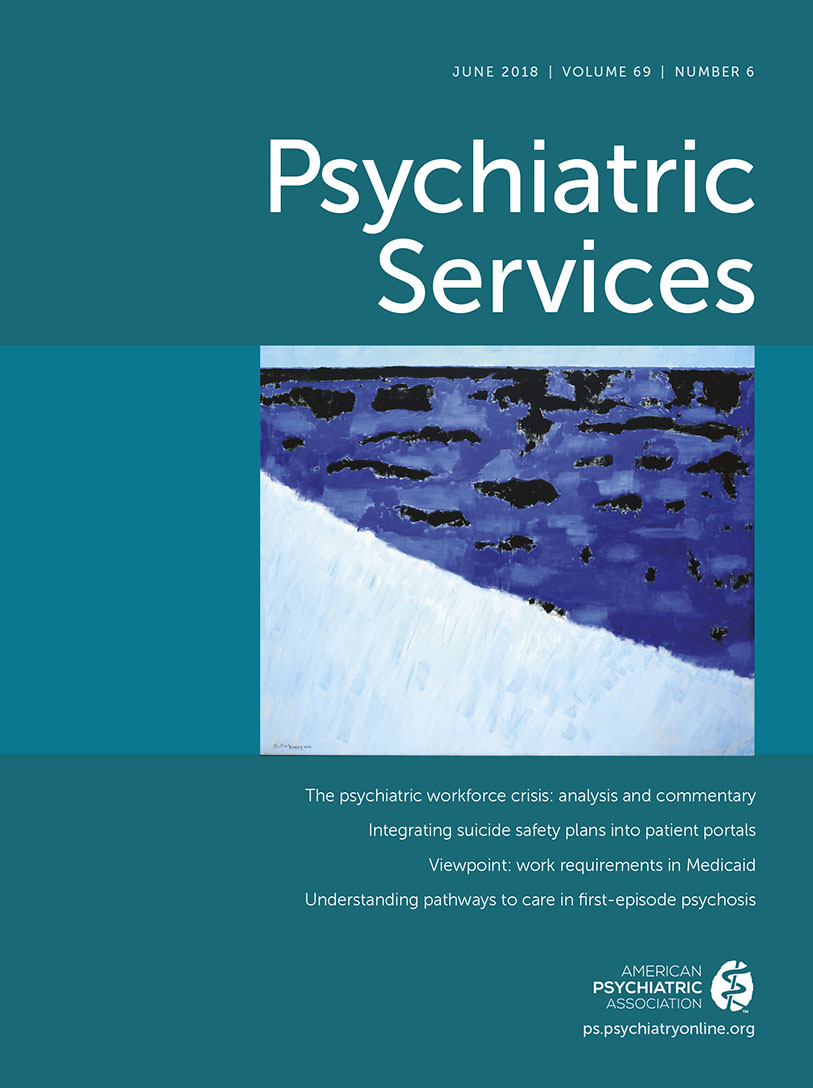Acceptability of Psychosis Screening and Factors Affecting Its Implementation: Interviews With Community Health Care Providers
Abstract
Objective:
Although screening for psychosis may reduce the duration of untreated psychosis, the barriers and facilitators associated with implementing such a procedure in various care settings have not been explored.
Methods:
Investigators conducted in-depth, semistructured interviews with 17 members of school counseling services or community mental health staff at sites that administer a psychosis screening tool. Using an inductive approach to thematic analysis, they evaluated the acceptability of psychosis screening and barriers to and facilitators of implementation.
Results:
Participants reported few barriers to implementation. However, several service-, client-, and program-level factors were considered to significantly affect the implementation of screening. Most participants found that using the screening tool did not significantly affect their overall workload. Facilitators included leadership support, the novelty of using a technology-based screener, regular staff training, and the importance of establishing an effective link between community services and specialty care, with these factors important at different stages of the process. Screening for psychosis was associated with significant advantages over referrals based on clinical judgment alone, including increased speed and accuracy of identification, increased confidence in diagnosis, and the provision of a clear pathway to specialty treatment.
Conclusions:
The experiences of school counseling and community mental health teams suggest that incorporating a technology-based screening procedure for early psychosis is feasible. Identifying barriers and facilitators at various stages of the screening procedure may reduce the dropout of clients potentially eligible for early psychosis care.




